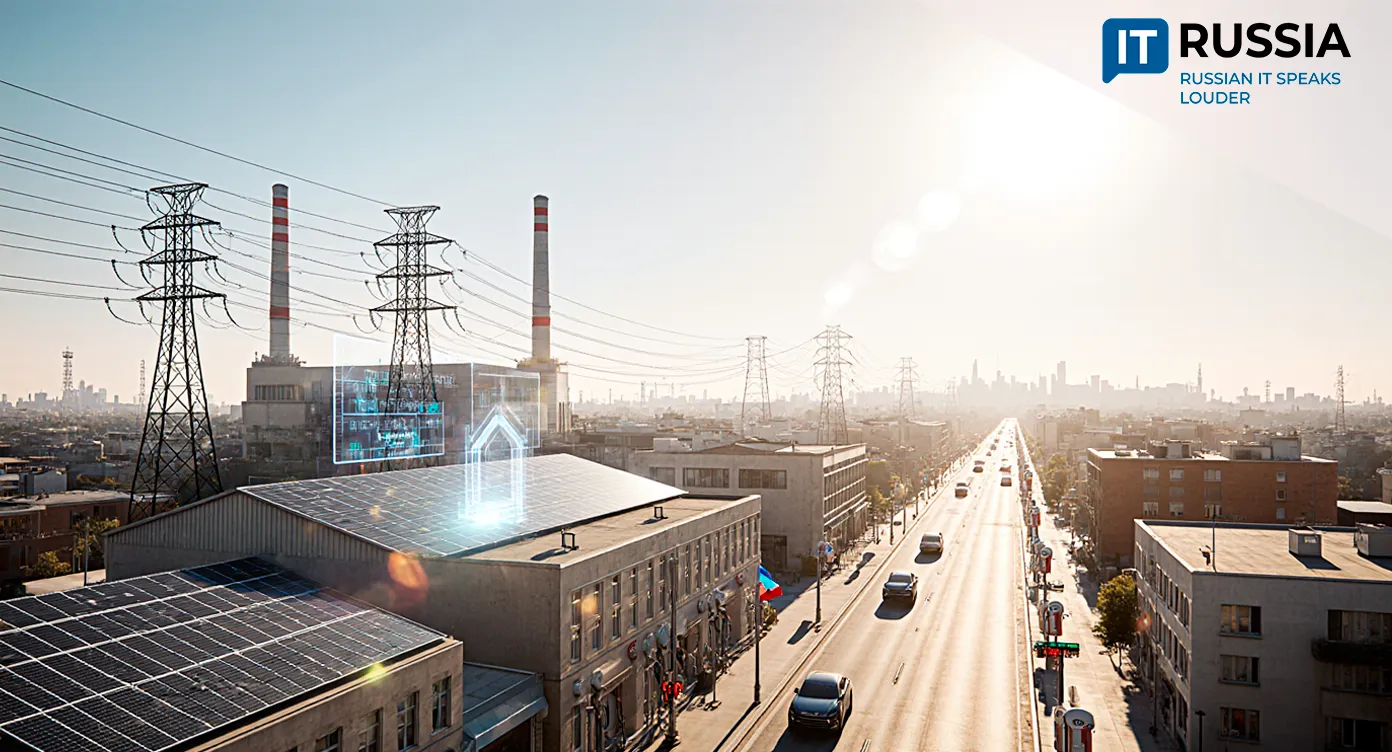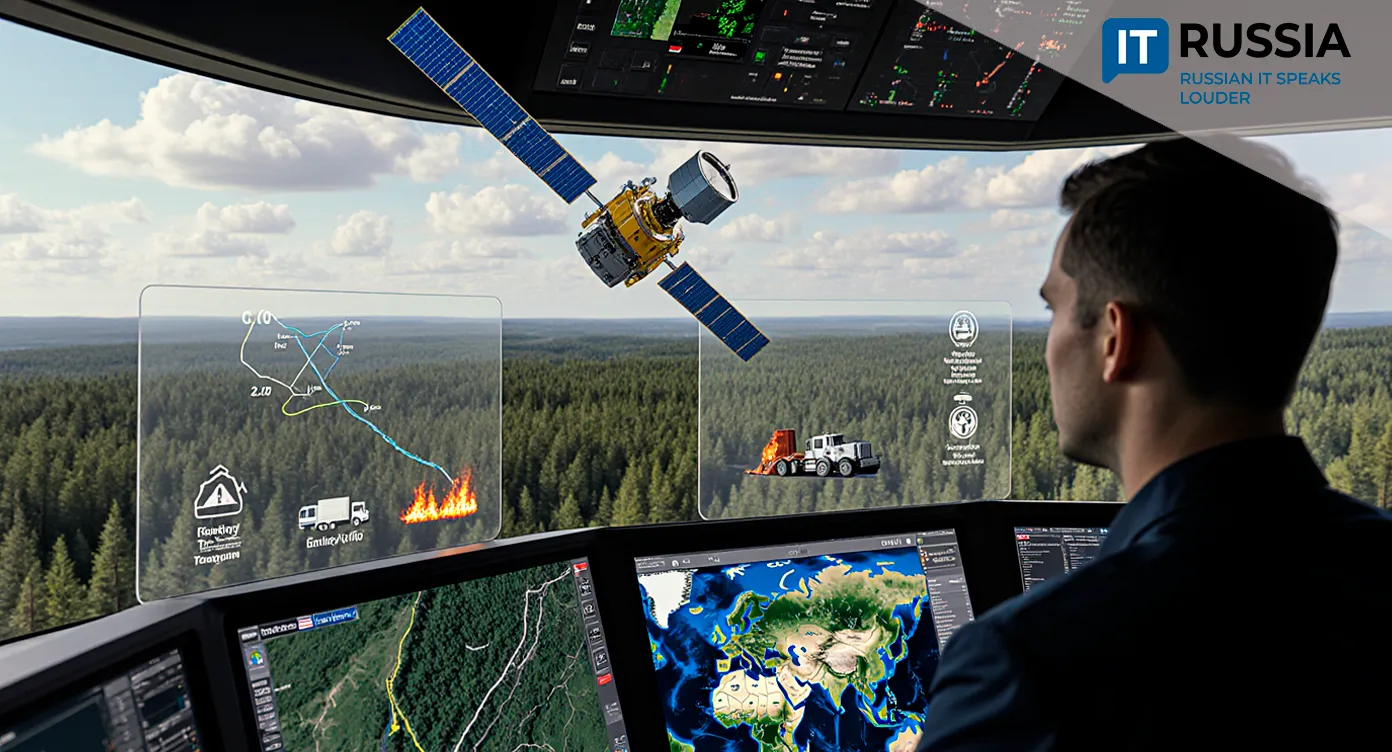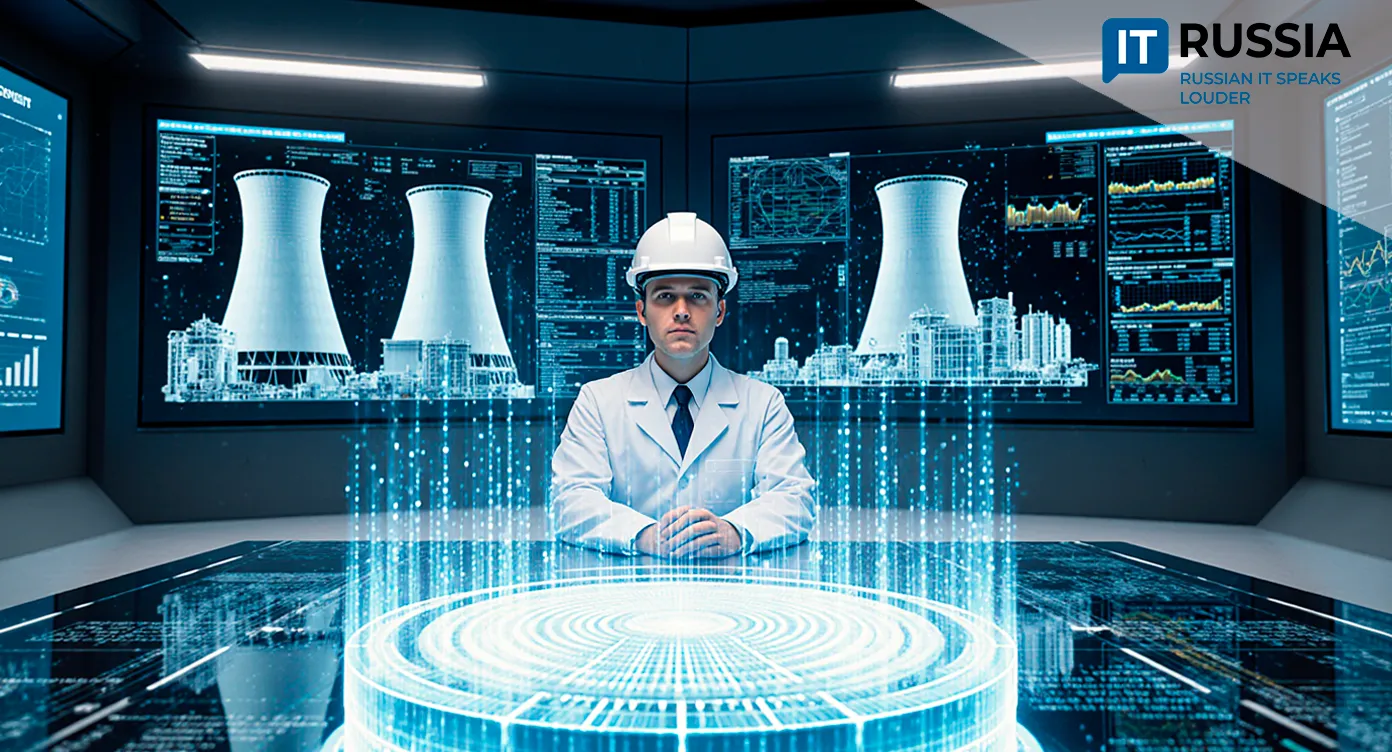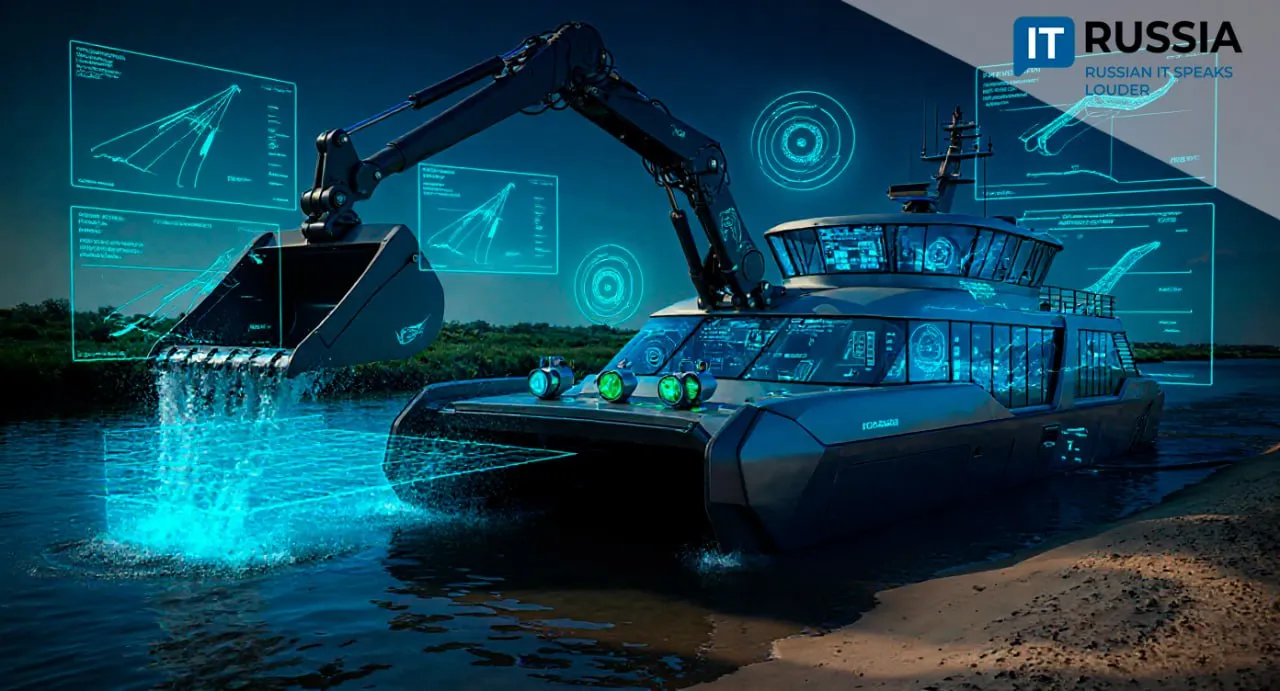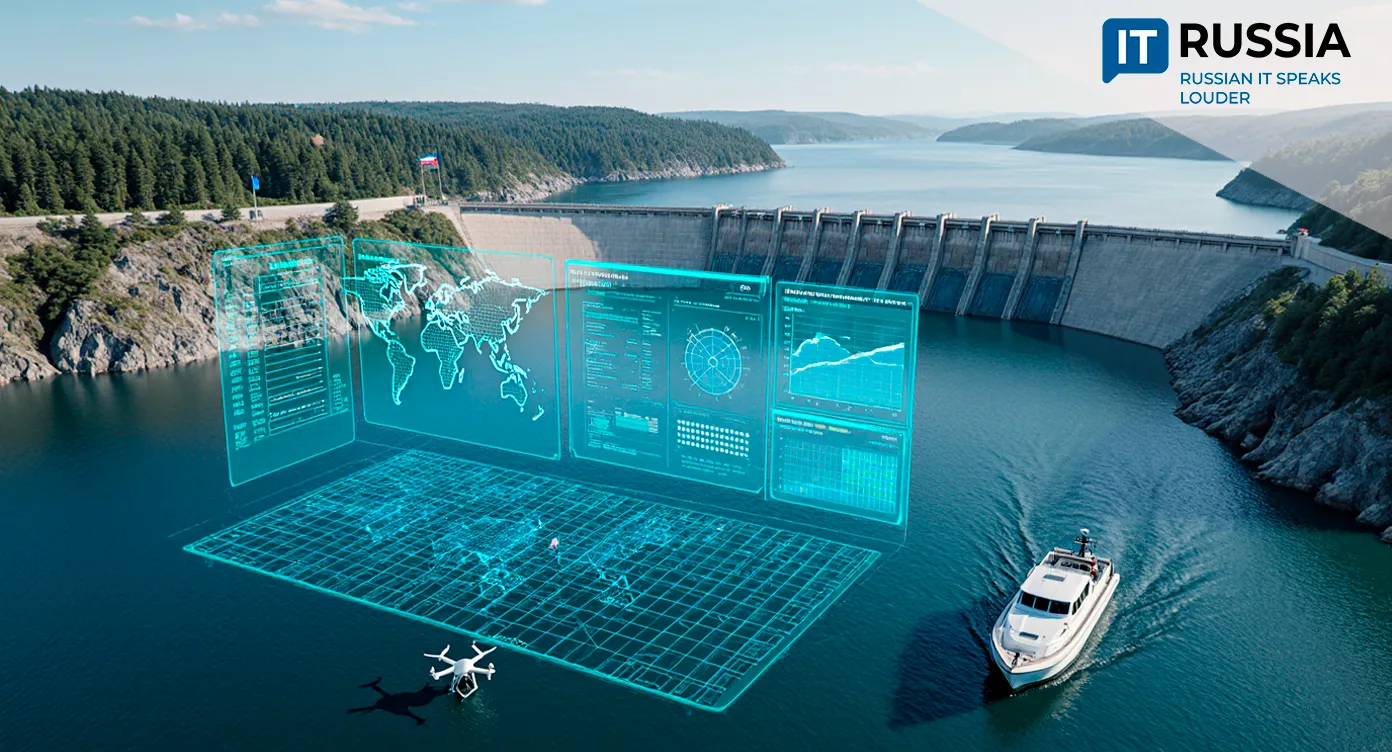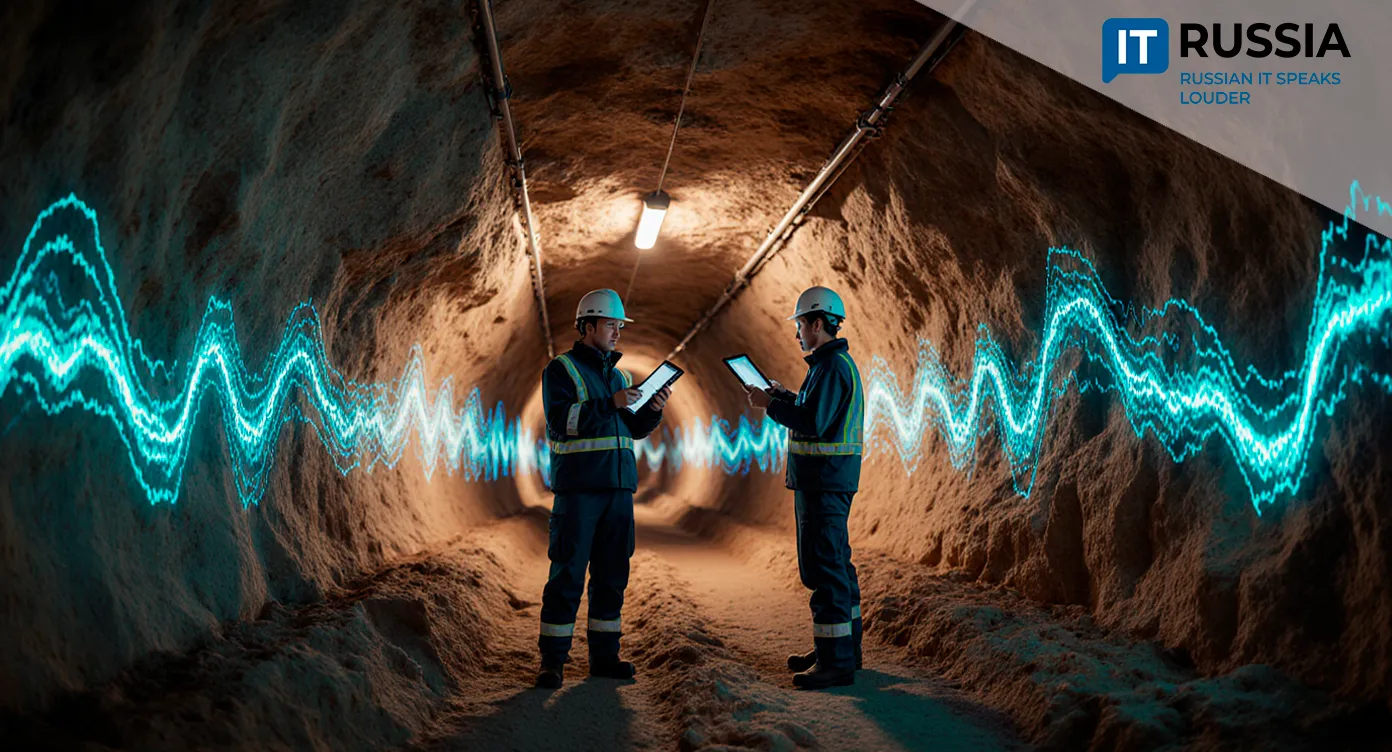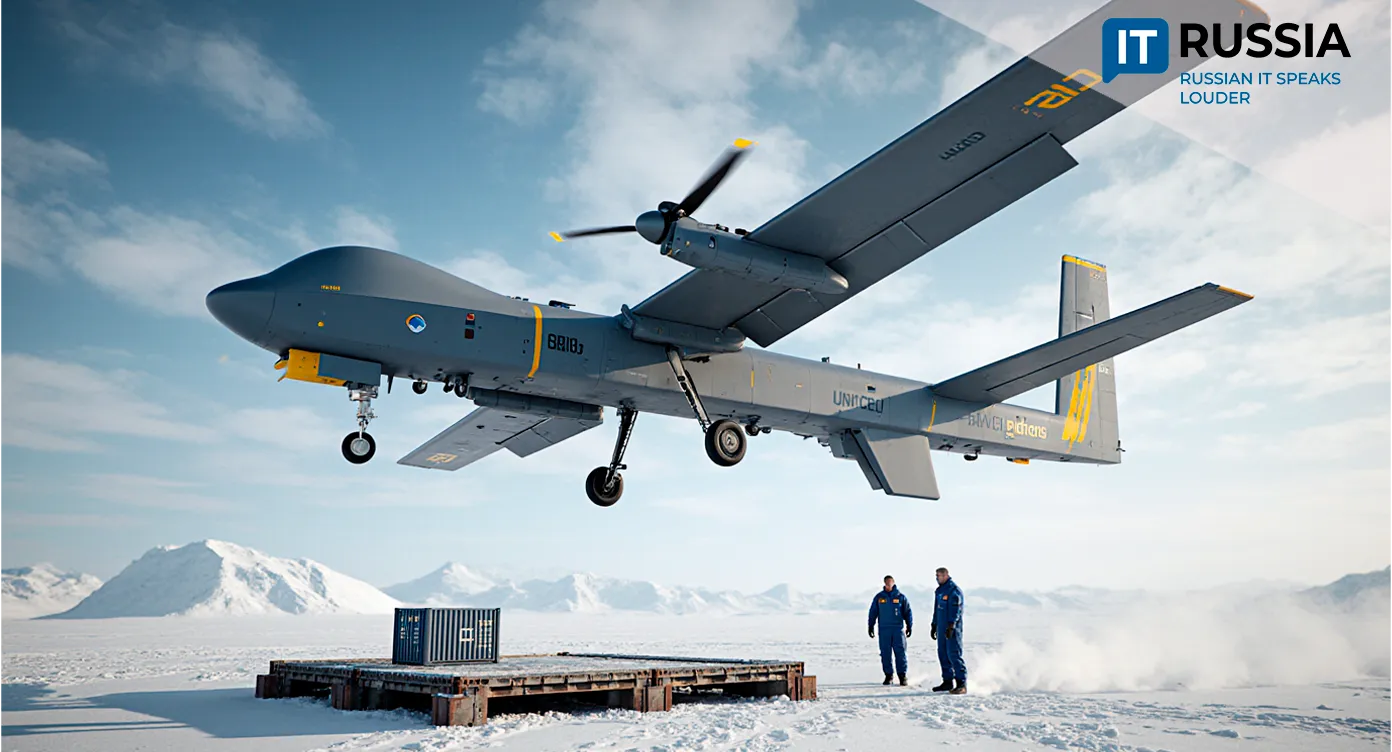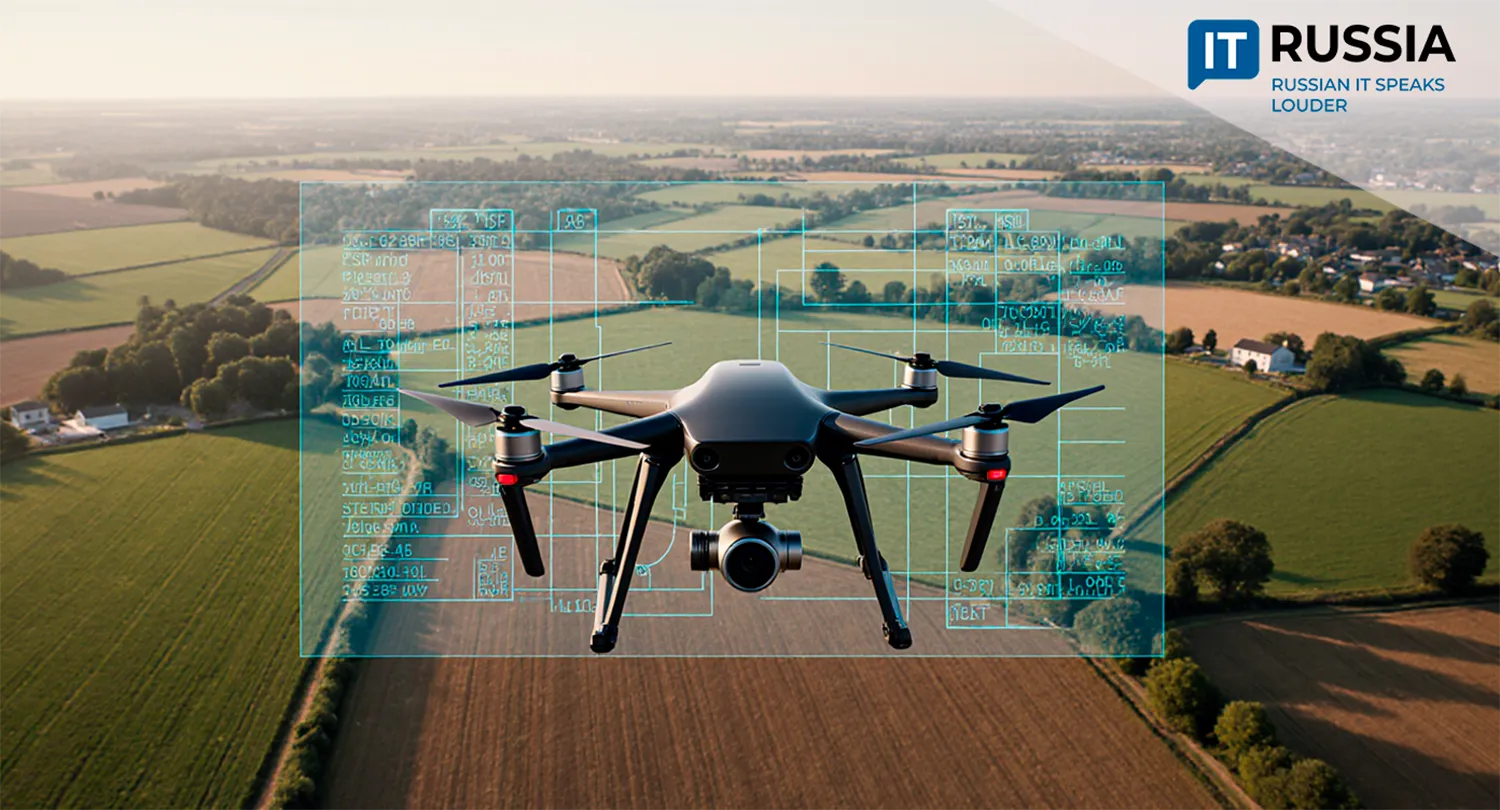AI Makes Steel Ultra-Strong: Russian Physicists Develop a New Alloy for Nuclear Reactors
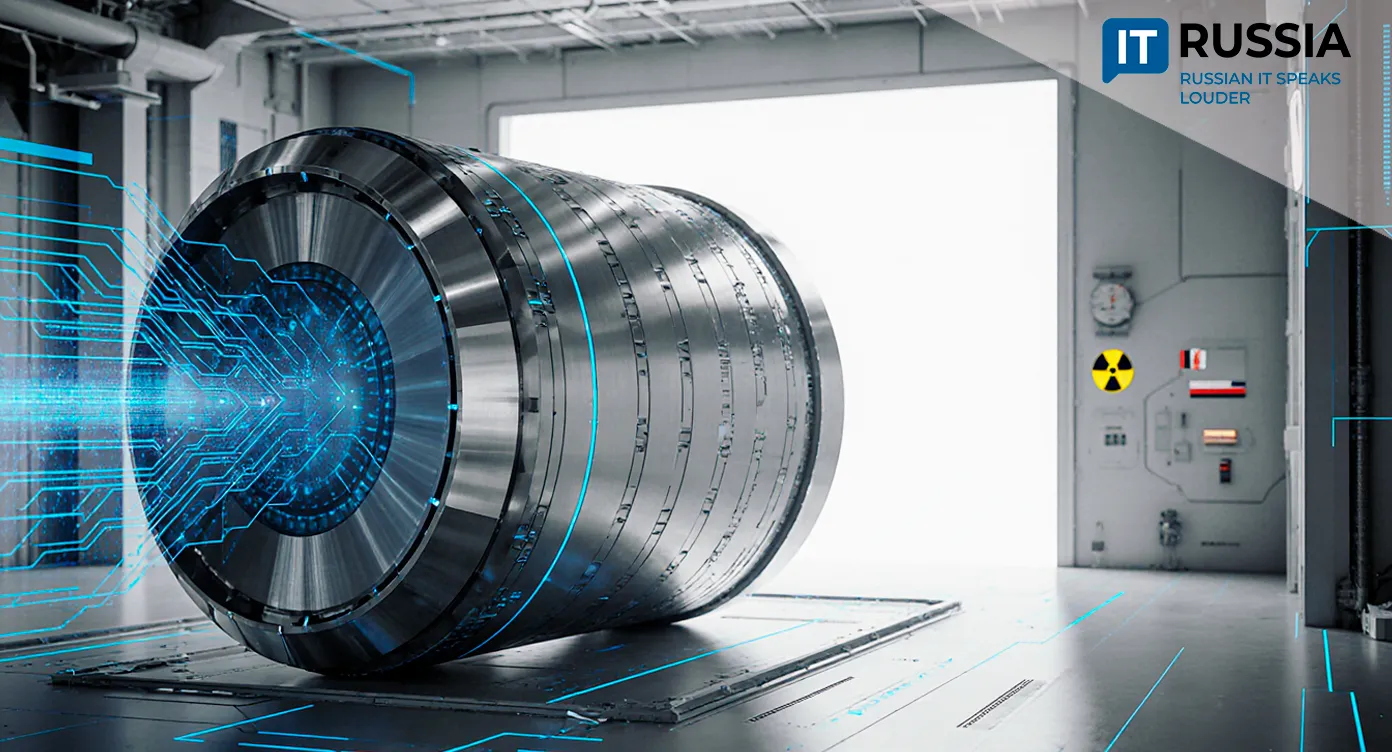
Russian scientists have used artificial intelligence to design an ultra-strong steel for nuclear reactors—a material capable of withstanding extreme radiation and temperature loads. Behind the breakthrough lies a shift in how materials are discovered, with implications for safety, cost, and competitiveness in nuclear energy both in Russia and worldwide.
AI as a Breakthrough Tool
Inspired by recent advances in materials science, Russian physicists applied machine learning methods to the challenge of creating radiation-resistant alloys. Similar approaches have already shown remarkable success: predicting the strength of metallic alloys with up to 98 percent accuracy and analyzing amorphous alloys with error margins as low as 12 percent.
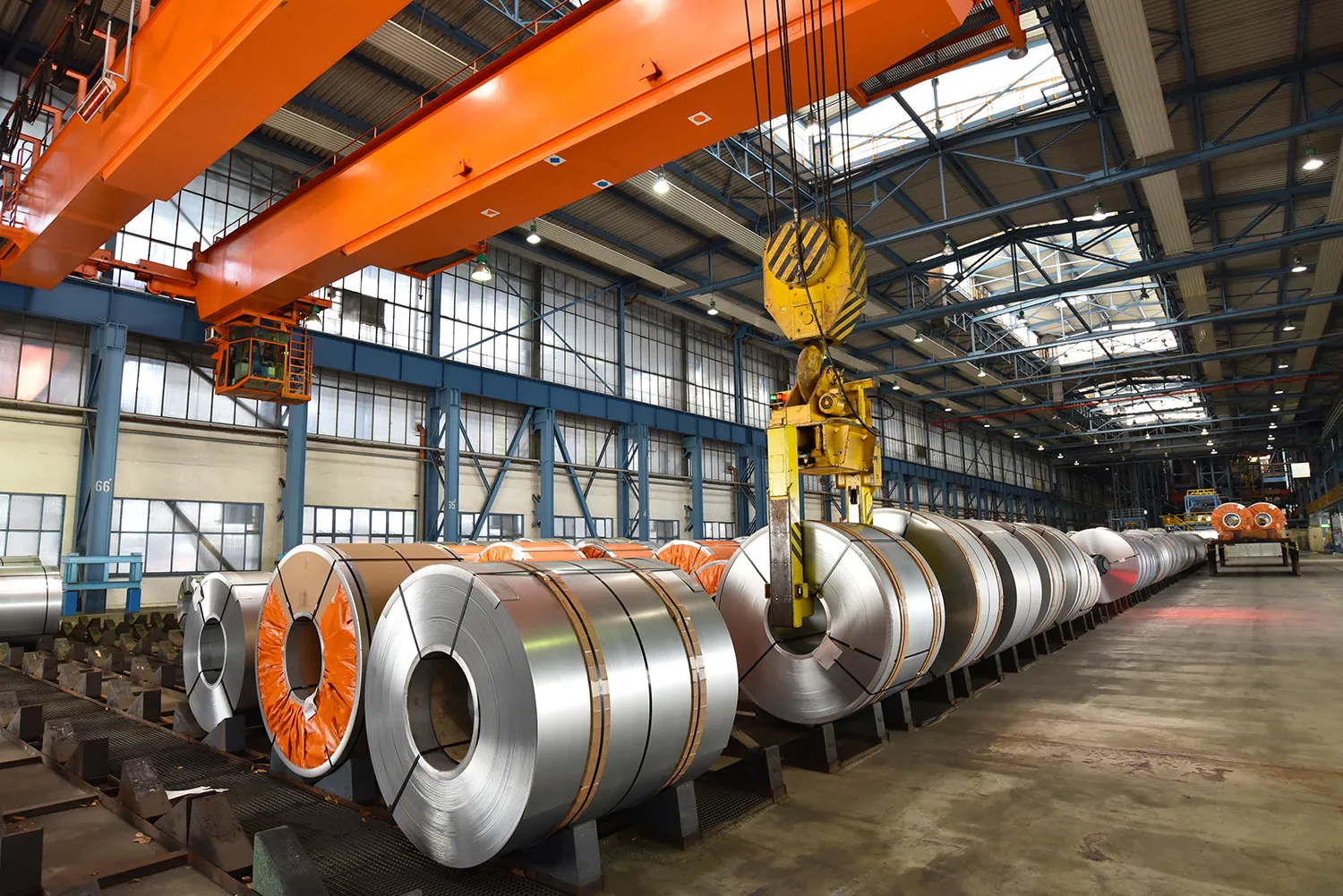
In this case, AI analyzes steel composition—oxides, alloying elements, and microstructures—and predicts its strength and performance characteristics. The system runs through thousands of possible combinations to identify those with optimal resistance to temperature, pressure, and irradiation. Compared to conventional trial-and-error metallurgy, the process is dramatically faster and more efficient.
Path to Deployment and Global Reach
In the coming years, the technology is expected to be deployed at Russian nuclear energy enterprises. The new steels will replace older reactor materials, extending service life and reducing maintenance costs.
The development also carries clear export potential. Russia is actively building and designing nuclear plants abroad—in Turkey, Egypt, India, and Bangladesh. Offering customers reactors built with ultra-strong, AI-optimized steels will serve as a strong competitive advantage, improving both safety and economic efficiency.
Looking further ahead, researchers envision a fully automated system that can design new reactor materials tailored to specific site conditions—climate, geology, and seismic activity included.
From Traditional Steels to Next-Gen Materials
Until recently, nuclear reactors relied on conventional reactor steels and oxide-dispersion-strengthened alloys (ODS), studied extensively at the National Research Nuclear University MEPhI. These materials performed well under high temperatures, but evaluating their long-term behavior under extreme conditions required sophisticated multi-scale modeling and advanced analytical tools.
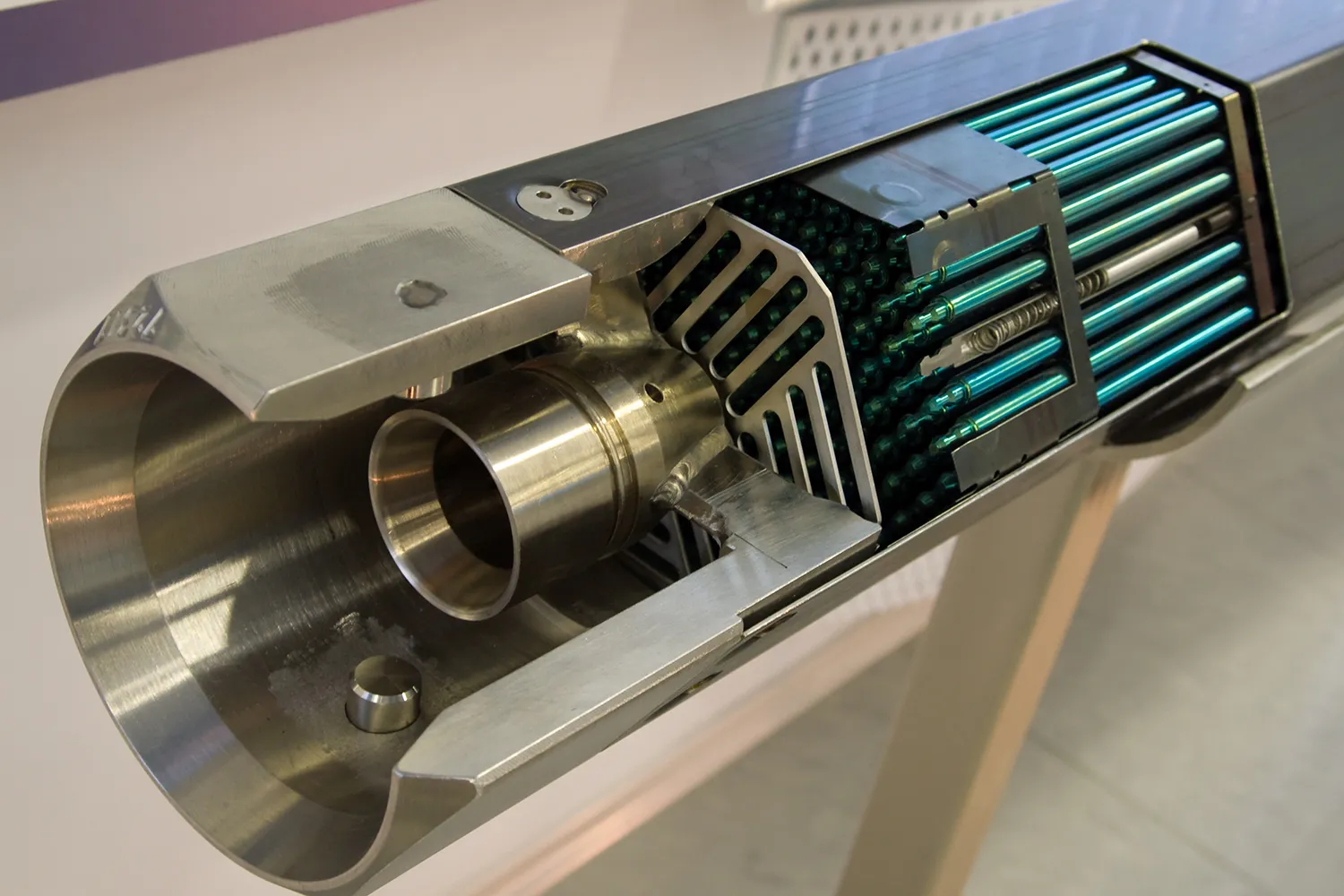
AI has changed that equation. It not only accelerates the search for optimal alloys but also improves their reliability, enabling reactors that are safer and more durable.
Beyond Nuclear: Wider Applications
The implications extend far beyond nuclear energy. Ultra-strong AI-designed steels could find uses in aerospace, space exploration, and infrastructure projects where materials must endure extreme stress and radiation. With expertise spanning both metallurgy and artificial intelligence, Russian researchers are positioning themselves to lead in this emerging field.
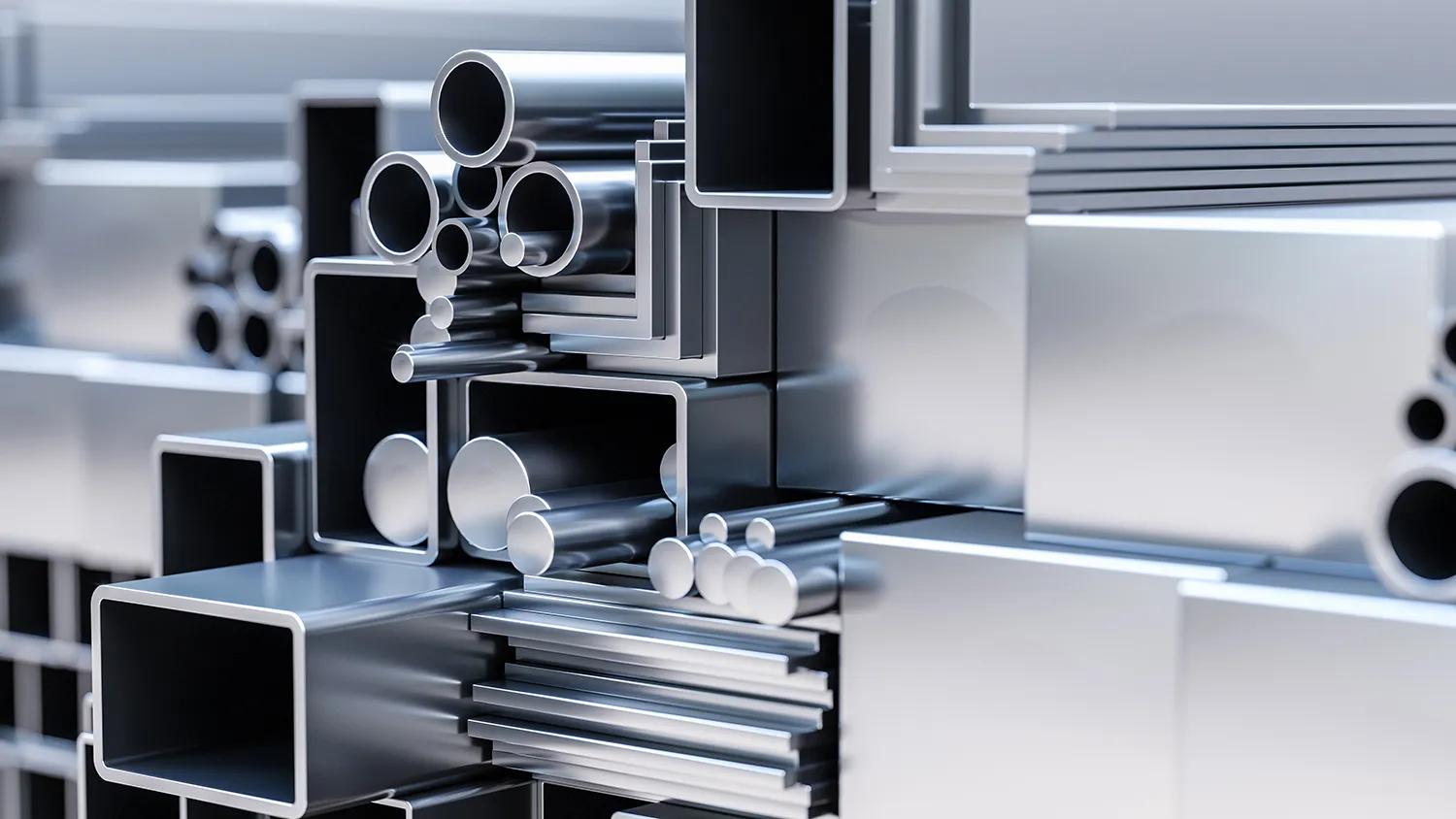
If current progress continues, nuclear reactors designed for unprecedentedly long service lives—without wholesale replacement of key components—could emerge within the next decade.







